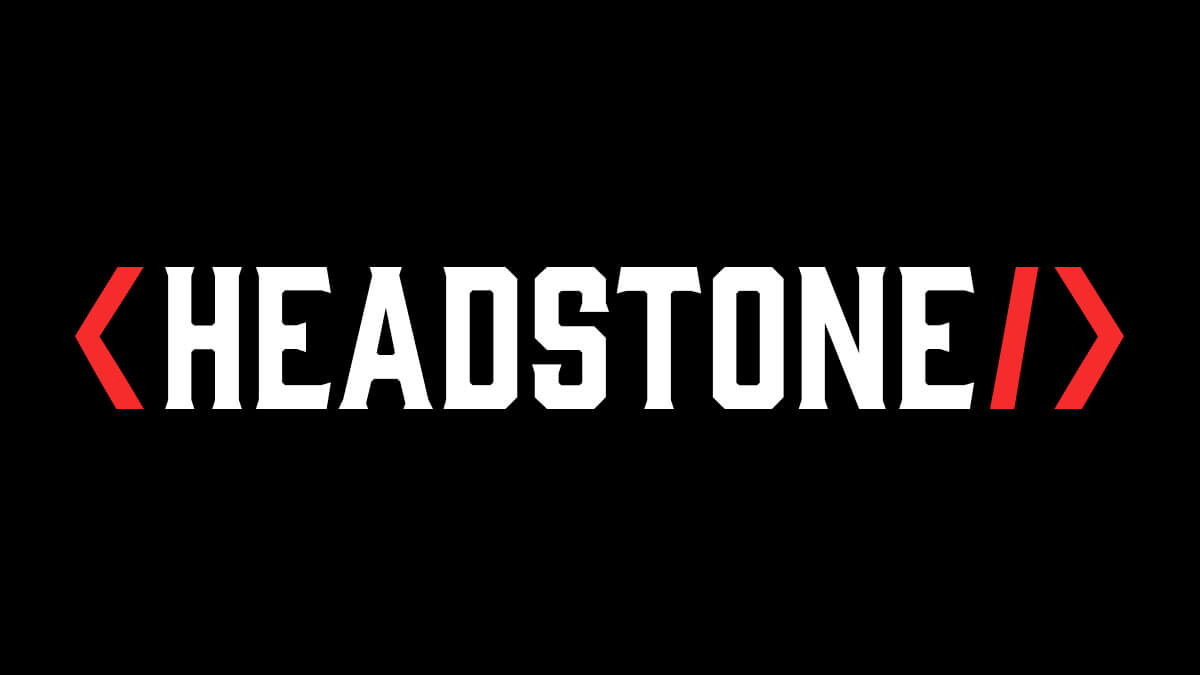Why You Can't Use an A Record to Point to Cloudflare Static Infrastructures
Unless you use our Enterprise AWS integration, we use the Cloudflare Static infrastructure to host your Live website.
- During onboard we assign you a test Static domain to verify your site works as you need
- But, when it’s time to launch this will be a very important read
Here are some important things to know about that when it comes to pointing your final domain at the Headless Hostman.
A Records and Cloudflare Static Don’t Mix
If you’re trying to point your root domain (like example.com) to a static site hosted on Cloudflare using an A record (aka direct IP address), it won’t work by itself.
Cloudflare Static is built entirely on top of a global Anycast CDN and require hostname-based routing. There are no IPs to point to, and there never will be.
Why There’s No IP Address to Use

Cloudflare Pages is a globally distributed platform that serves your site from dozens of edge locations simultaneously. That’s only possible because it doesn’t rely on a single IP address. Instead, Pages is routed through Cloudflare’s Anycast network, which means requests are automatically directed to the nearest server using CNAME flattening — not old-school IP addresses.
If you try to use an A record, you’re trying to map a domain to a physical, static IP.
But Cloudflare doesn’t have one.
The Entire Point of Static WordPress Is Speed and Security
In fact, the platform intentionally abstracts away IPs to take advantage of dynamic edge routing, load balancing, DDoS protection, and more.
Removing this aspect defeats a core purpose of Static WordPress.
Cloudflare Pages = Hostname-Based Routing
Pages relies on hostnames like your-site.pages.dev or custom-domain.com being mapped through CNAMEs. If you want to point your apex domain (the naked @) to a Pages project, it must be inside a Cloudflare-managed zone so it can use CNAME flattening — essentially faking a CNAME at the root level.
That means you need to:
- Set your domain’s nameservers to Cloudflare
- Use the Pages integration to connect your project
- Let Cloudflare handle the routing with CNAME flattening at the root
You cannot use external DNS and expect to point to Pages using an A record. It’s like trying to plug a USB into an HDMI port—wrong format, wrong protocol.
What About CNAMEs at the Apex Domain?
Standard DNS doesn’t allow CNAME records at the root level (A Record for @).
That’s why CNAME flattening exists, but it’s a Cloudflare-specific feature. If you’re using a DNS provider like GoDaddy, Namecheap, or AWS Route 53, they don’t support true flattening that works with Cloudflare Static.
Cloudflare handles this under the hood when it’s your DNS provider. It pretends the root domain has a CNAME, resolves it like a normal CNAME, and returns an IP behind the scenes—magically enabling apex-to-hostname connections.
Using a CNAME for your Primary URL? Forget You Read This
If your live site is serving from the www version (www.example.com) you’ll be good to go without any Nameserver changing.
Using an A Record? Don’t Fret! We Have a New Solution for This to Make it Easy
We built an integration in our Cult Portal to help you speed along this process and to get you on Cloudflare in just a few clicks.
Deeper into the Abyss


